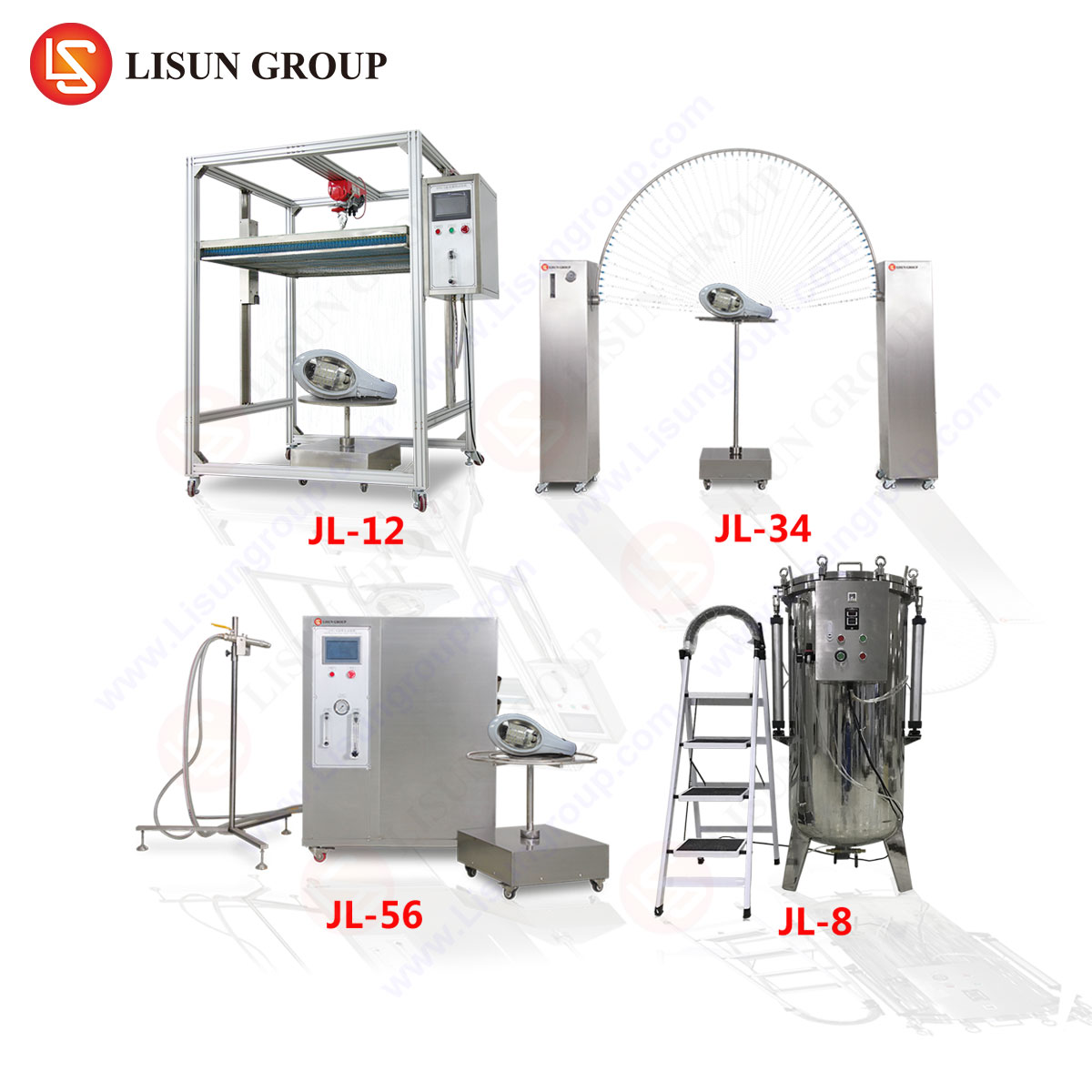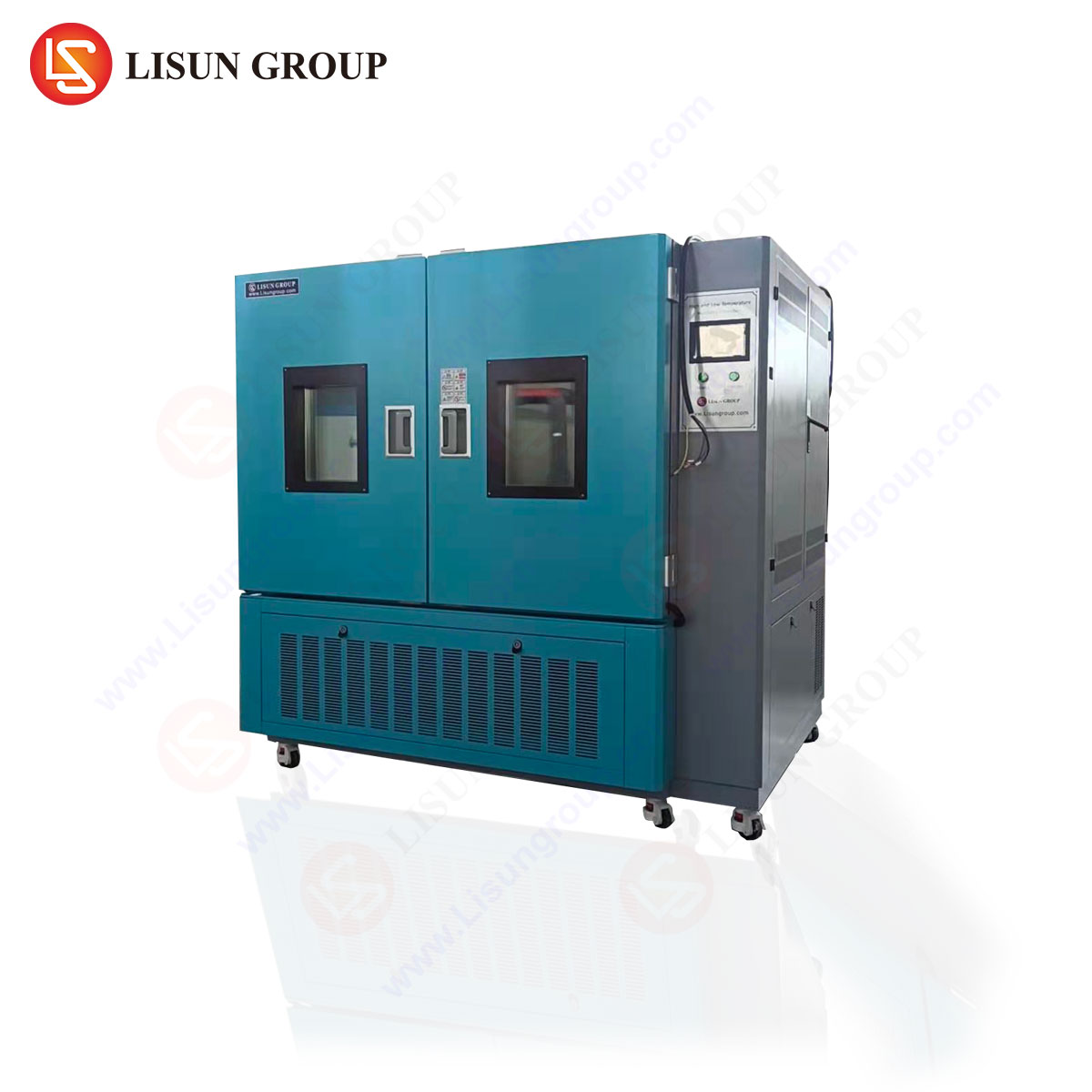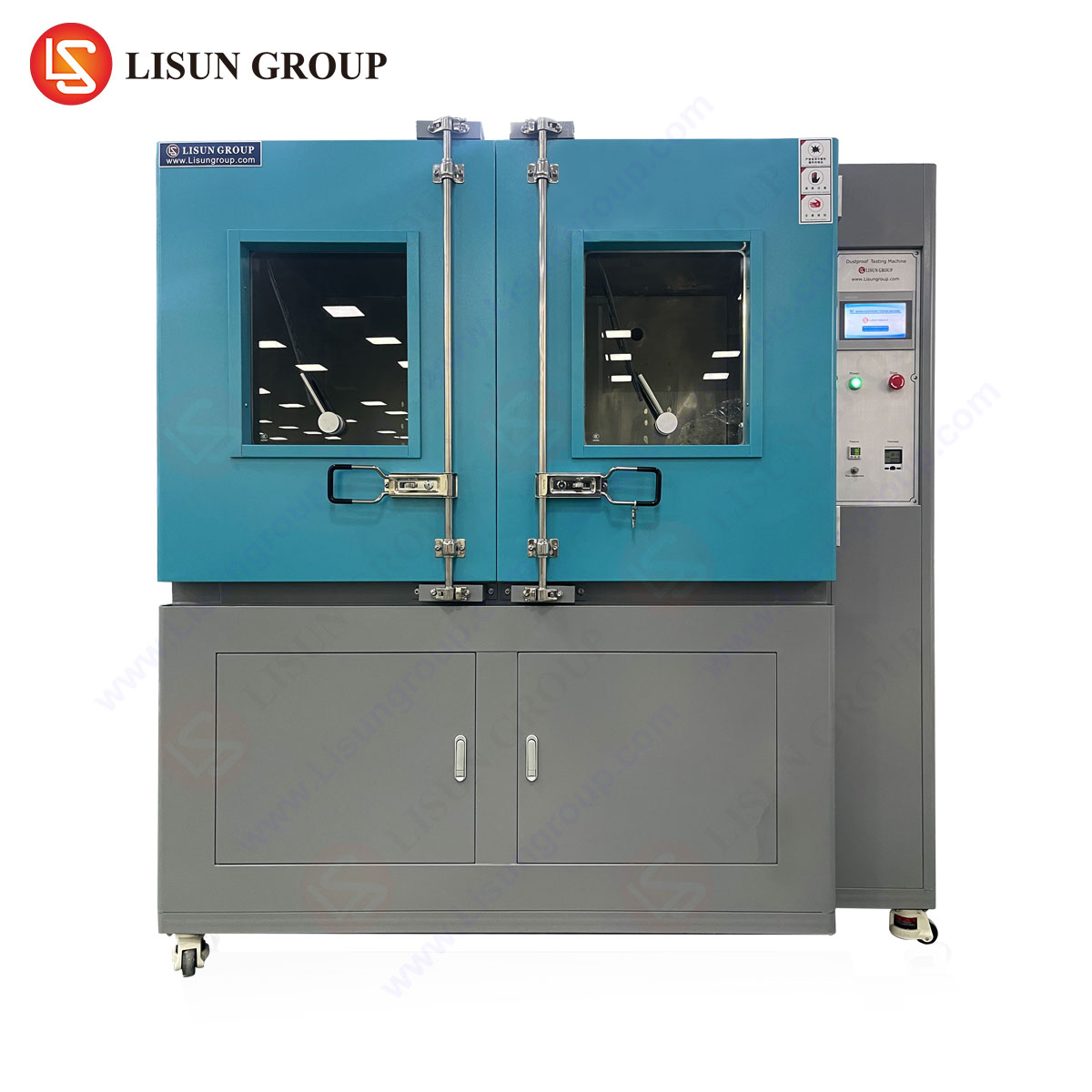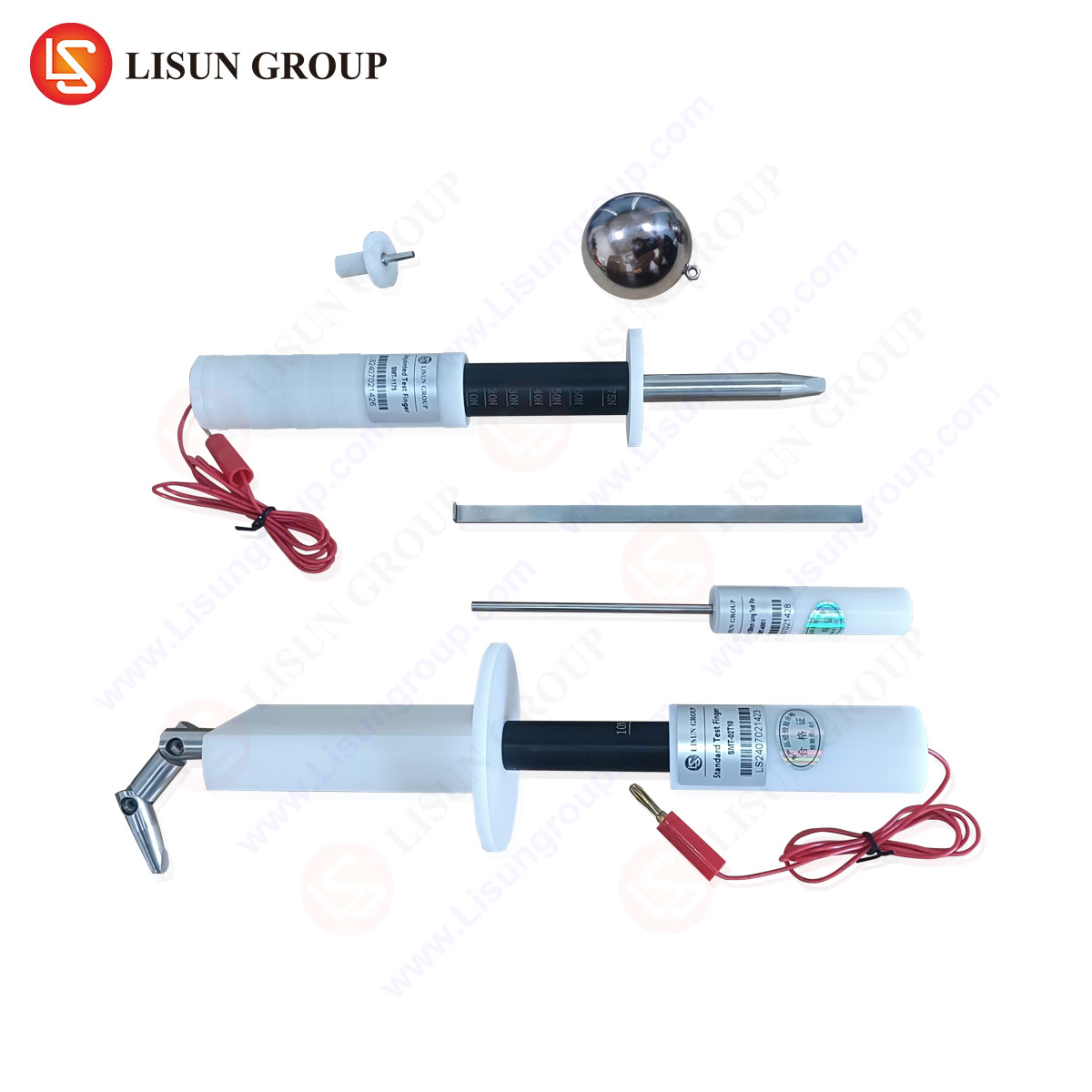Fundamentals of Humidity and Temperature Simulation in Controlled Environments
Environmental humidity chambers are critical instruments for evaluating material durability, component reliability, and product performance under controlled humidity and temperature conditions. These chambers simulate real-world environmental stresses, enabling manufacturers to identify failure modes, validate design robustness, and comply with international testing standards.
The GDJS-015B Temperature Humidity Test Chamber by LISUN exemplifies precision in environmental simulation, offering a temperature range of -70°C to +150°C and humidity control between 20% to 98% RH. Its advanced PID control system ensures stability within ±0.5°C for temperature and ±2.5% RH for humidity, making it indispensable for industries requiring stringent environmental validation.
Operational Mechanisms of the GDJS-015B Humidity Chamber
The GDJS-015B employs a refrigeration-compression system paired with a steam humidification module to achieve rapid and stable humidity conditioning. A dual-stage refrigeration circuit ensures efficient cooling at subzero temperatures, while ultrasonic humidification provides precise moisture control without thermal lag.
Key features include:
- Programmable cyclic testing (up to 1,000 steps) for accelerated aging studies.
- RS-485 communication interface for real-time data logging and remote monitoring.
- Corrosion-resistant SUS304 stainless steel chamber to withstand prolonged exposure to high humidity.
Industry-Specific Applications of Humidity Testing
Electrical and Electronic Equipment
Moisture ingress can lead to electrochemical migration, short circuits, and insulation degradation. The GDJS-015B is used to test printed circuit boards (PCBs), connectors, and semiconductor devices under IEC 60068-2-30 (Damp Heat, Cyclic) standards, ensuring resistance to condensation and humidity-induced failures.
Automotive Electronics
Automotive components, such as sensors and infotainment systems, must endure extreme humidity fluctuations. Testing under ISO 16750-4 validates performance in tropical and subarctic climates, where humidity ranges from 85% RH at 85°C to subzero dew point conditions.
Medical Devices
Sterility and material integrity are paramount in medical applications. The chamber simulates storage conditions (25°C/60% RH per ISO 13485) and operational extremes, ensuring seals, polymers, and electronic enclosures remain functional in high-humidity environments.
Aerospace and Aviation Components
Avionics systems undergo RTCA DO-160 Section 4.5 (Humidity Testing) to verify resistance to moisture absorption, which can cause signal interference or structural swelling in composite materials.
Comparative Advantages of the GDJS-015B in Industrial Testing
Unlike conventional humidity chambers, the GDJS-015B integrates multi-zone airflow distribution, eliminating thermal stratification and ensuring uniform test conditions across the workspace. Its low-heat LED lighting allows visual inspection without influencing chamber temperature—a critical feature for optical and display testing.
Competitive benchmarks highlight:
- 30% faster humidity stabilization compared to resistive humidification systems.
- Energy-efficient operation via variable-speed compressors, reducing power consumption by 15–20%.
- Compliance with MIL-STD-810G, GB/T 2423.3, and JIS Z 0232 for military, consumer, and industrial applications.
Standards and Regulatory Compliance in Humidity Testing
Environmental testing mandates adherence to industry-specific protocols:
| Standard | Scope | Applicable Industries |
|---|---|---|
| IEC 60068-2-78 | Steady-state humidity (Cabinet method) | Electronics, Telecommunications |
| ASTM D1748 | Water vapor permeability of coatings | Automotive, Aerospace |
| IPC-TM-650 2.6.3.1 | Moisture resistance of PCBs | Electrical Components |
The GDJS-015B’s pre-loaded test profiles align with these standards, streamlining validation workflows.
Case Study: Humidity Testing in LED Lighting Fixtures
A leading LED manufacturer utilized the GDJS-015B to assess lumen depreciation under 85% RH/85°C conditions (per IES LM-80). Over 1,000 hours of testing revealed that moisture-resistant conformal coatings reduced light output decay by 22%, validating design improvements for outdoor luminaires.
Future Trends in Environmental Stress Screening
Emerging demands include:
- Combined environmental testing (vibration + humidity + temperature).
- AI-driven predictive analytics to correlate humidity exposure with field failure rates.
- Miniaturized chambers for IoT and wearable device validation.
FAQ Section
Q1: What is the maximum humidity range of the GDJS-015B?
The chamber supports 20% to 98% RH, with precision of ±2.5% RH.
Q2: How does the GDJS-015B prevent condensation during rapid cooling?
Its gradient cooling algorithm modulates refrigeration output to minimize dew point differentials.
Q3: Which industries benefit most from cyclic humidity testing?
Automotive, aerospace, and medical sectors rely on cyclic tests to simulate diurnal humidity variations.
Q4: Can the chamber replicate tropical storm conditions?
Yes, programmable cycles can simulate 100% RH with salt spray (per ASTM B117).
Q5: What maintenance is required for long-term operation?
Monthly calibration checks and annual refrigerant servicing ensure consistent performance.







